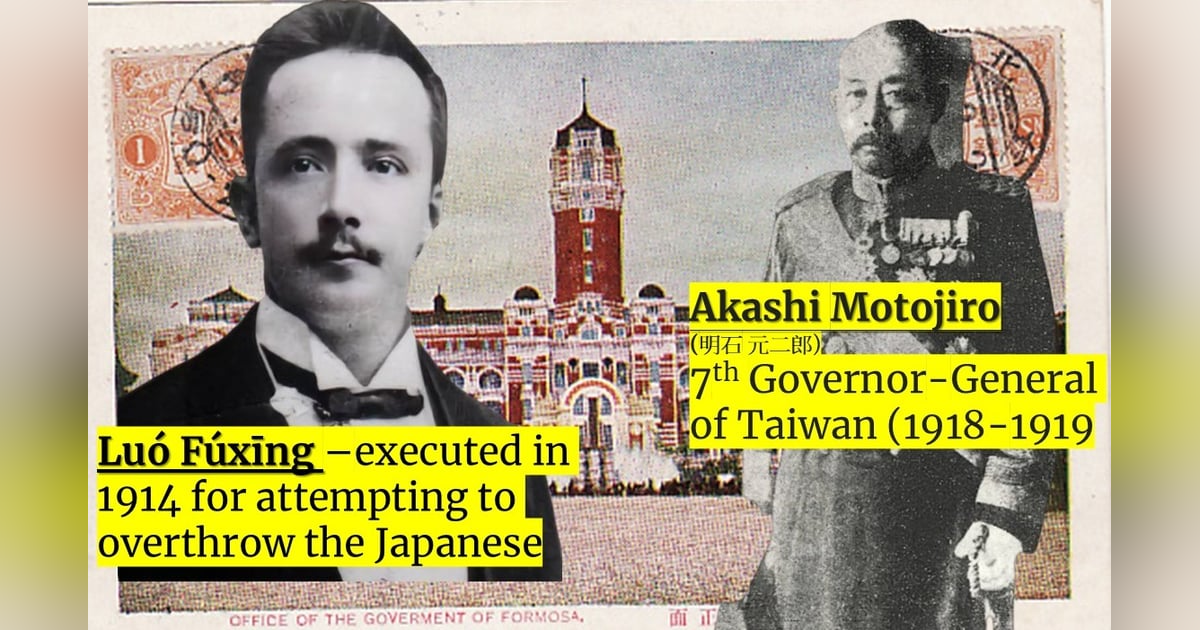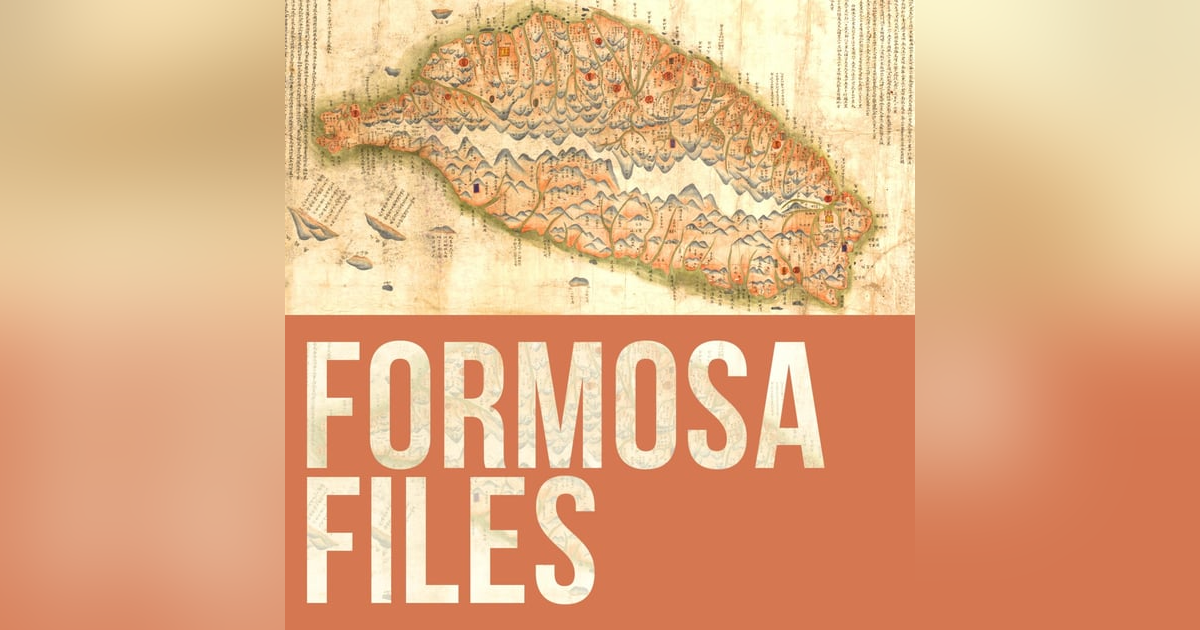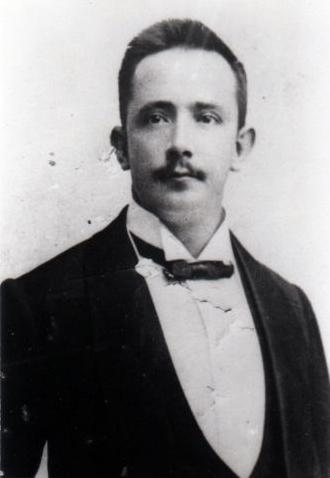S5-E10 – Taiwan in the “Teens” (1911-1919)


This early part of the twentieth century was filled with revolutions and wars (including the First World War). Formosa, however, was a relatively stable Japanese colony. But not entirely stable. We’ll tell you about Chinese revolutionary Luó Fúxīng (羅福星), who was executed in Taiwan for trying to rid this island of the Japanese. And we’ve got some good info on the often-overlooked Tapani Incident – the largest Han Chinese (with Indigenous allies) revolt against Japan… and it happened two decades into Japanese rule!
Cover images - background: a postcard reportedly from 1917 showing what is today Taiwan's Presidential Office Building. Construction of the Governor-General's Office began in 1912, and it was fully operational by 1919. Left: Mixed-race Chinese revolutionary Luó Fúxīng (羅福星), who joined the fight against the Qing dynasty. He then attempted to free Taiwan from Japanese rule, but was captured and executed in 1914 - at the age of 29. Right: The 7th Japanese Governor-General of Taiwan Akashi Motojiro. He was only in office from June 1918 to his death at the age of 55 in October 1919. Despite his short tenure, Akashi was instrumental in starting several major projects in Taiwan, including an irrigation canal and a hydroelectric plant. Akashi Motojiro died during a return trip to his hometown of Fukuoka, Japan, but his will stated he wished to be buried in Taiwan to "serve as a national guardian, and a guardian spirit for the people of Taiwan - and he was.
Below: The original tomb of General Akashi Motojirō in Taiwan, via Wiki Commons.
Below: Taiwanese captured after the Tapani Incident being taken from a jail in Tainan to a courthouse, via Wiki Commons. The relatively little known Tapani Incident of 1915 is named after the village of Tapani (now Yujing), in eastern Tainan. It was the largest single act of Han Chinese armed resistance during the Japanese colonial era; more than a thousand died in fierce fighting and hundreds from executions or during imprisonment.
Below: Chinese revolutionary Luó Fúxīng (羅福星). He was born February 24, 1886 in Batavia, Dutch East Indies (present-day Jakarta, Indonesia). Luo’s father was a Hakka from eastern Guangdong who moved to Java in the Dutch East Indies for business. His mother was a Chinese-Indonesian with Dutch and Indonesian ancestry. He was exectued in Taiwan at the age of 29 after attempts to set up anti-Japanese resistance groups here.
Below: Baron Akashi Motojiro (明石 元二郎, 1864 –1919) was a general in the Imperial Japanese Army and the 7th Governor-General of Taiwan from 6 June 1918 to 26 October 1919.
Do us a favor and rate/review the show! It really helps. Do it on Apple Podcasts or here on our website.
Write us with questions or ideas at formosafiles@gmail.com
AND THE BIGGEST REQUEST: tell others about this free, not-for-profit resource about Taiwan.














